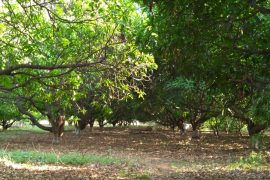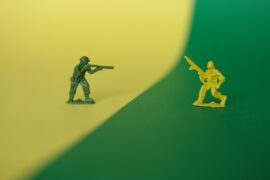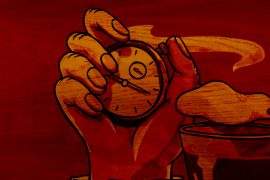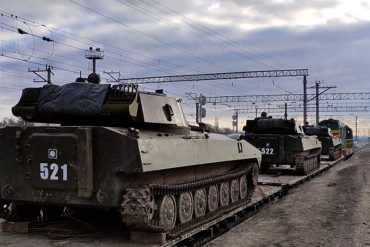Surprised to learn that there is no written poem in Magahi
I run here and there, then sit down to write a poem in MagahiI listen to the people in the street talking in Magahi
paying attention to their sounds and tones in MagahiThey twitter like birds day and night in Magahi
even their abuses sound sweet in Magahithik hai is thik hako, accha aa gaya is accha aa gelhu in Magahi
khana khaye is khana khailhu, chai piye is chaiya pilhu in MagahiI go around the town looking for books in Magahi
I return home without finding a written word in MagahiAt home, I hear my mother say her prayers in Magahi
Hamar betake buddhi dehu bhagwan, he wants to write a poem in Magahi.*
‘Poetry,’ wrote William Wordsworth, ‘is the spontaneous overflow of powerful feelings: it takes its origin from emotion recollected in tranquility.’ When I wrote this poem in June 2020, it was, perhaps, in a whirlwind of emotions, or in a quest to reconnect with my roots through my mother tongue, Magahi.
You will ask, ‘What is this Magahi language?’ It is believed that Buddha and Mahavira delivered their sermons in Magadhi Prakrit, which later evolved into Magahi.
Magadhi Prakrit was the official language of the Mauryan empire, and some of the edicts of Ashoka were composed in it. Written in the Brahmi script, it was the sacred language of Buddhism. Yet, Magahi officially ceased to be an independent language in India a long time ago. It was listed as a language in Bihar but has since then been grouped generically under Hindi.
Magahi is spoken in the area south of the Ganges and east of the Son River across nine districts of Bihar, eight districts of Jharkhand and West Bengal’s Malda district. There are around 20 million speakers of Magahi around the world.
* Thik hai: All well; Accha aa gaya: Well, you have arrived; Khana khaye: Did you eat?; Chai piye: Did you drink tea?; Hamar beta ke buddhi dehu bhagwan: God, give my son some sense.
On a more personal note, I was born in the Nalanda district of Bihar and my mother speaks to me in Magahi, while my father used to speak in Hindi. When I came to study at Delhi University, people asked me if I spoke Bihari. I found this rather strange because I had no idea what they meant by ‘Bihari’. All I knew were Magahi and Hindi.
In fact, in the school syllabus, we had several Hindi stories and poems. Even English was a compulsory subject in high school and I had to learn poems such as Shakespeare’s ‘All the World’s a Stage’ and Wordsworth’s ‘Daffodils’ by heart. Sadly, there was no mention of Magahi stories or poems.
I studied Sanskrit in high school and learnt about the literature of ancient India, but I was not aware of the literary treasures in my mother tongue.
In fact, my ignorance was so profound that I thought that there was no written literature in Magahi, as I had never come across a single literary work in the language. But my ignorance was dispelled soon after I wrote this poem. People came up to me and made me aware of Magahi’s rich literary heritage.
It took me almost a year to explore and locate Magahi folk tales, short stories and novels, and the treasures I found left me spellbound. Talking to various Magahi writers and poets, I was surprised to learn that the major works of Magahi literature had not been translated into English yet.
I started collecting and translating poems and short stories from Magahi into English. It was during this time that I first came across Jayanath Pati’s Fool Bahadur, which can be treated as the first Magahi novel, as not a single copy of Sunita, his first novel, is traceable.
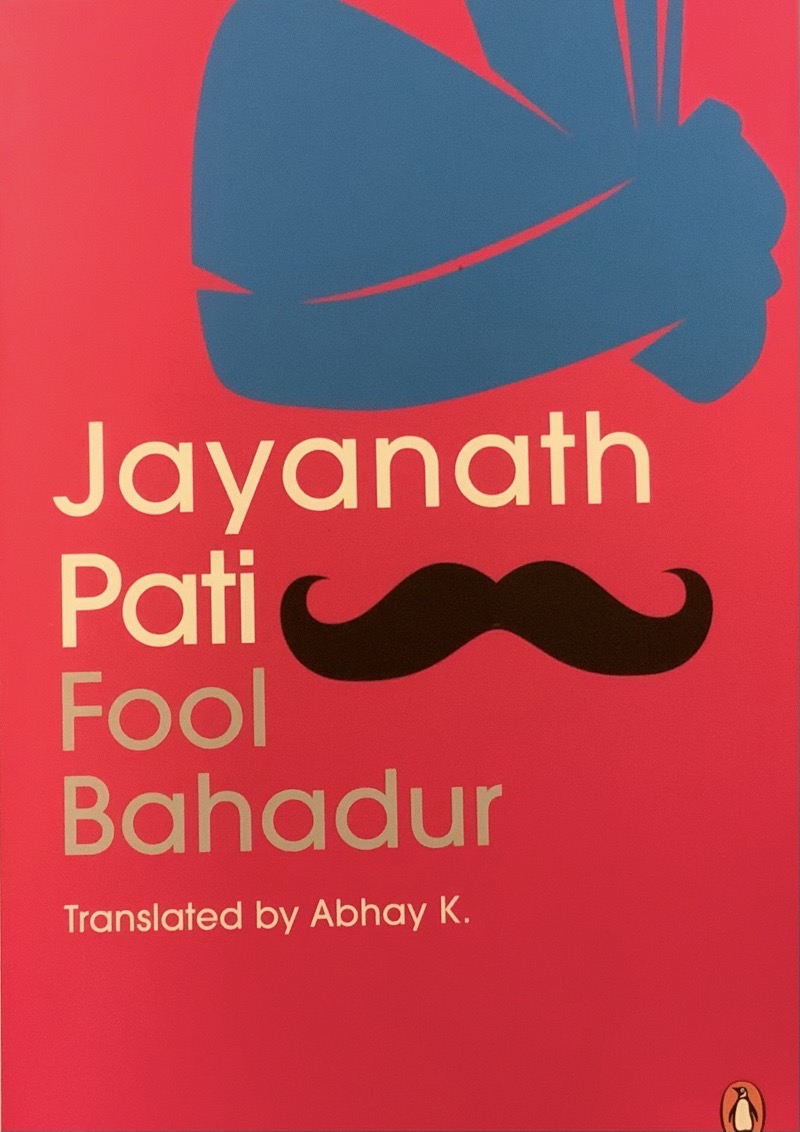
There were many attractions to the novel. Being a civil servant and from Nalanda myself, I was fascinated by it during my very first reading and immediately felt the need to take this classic piece to non-Magahi speakers around the world.
Magahi belongs to the Indo-European group of languages. It has gradually developed from Sanskrit and Prakrit. Modern Indo-European languages are divided into external, middle and internal parts.* Magahi belongs to the eastern group of the external part of Indo-European languages along with Maithili, Bhojpuri (Magahi, Maithili and Bhojpuri are known as Bihari), Bangla, Odia and Assamese.
Buddha and his teachings played a key role in the development of Pali and Magadhi Prakrit as he refused to get his teachings translated into Sanskrit. Among the Prakrits, Magadhi Prakrit has a special place as the mother of many Eastern languages. Magadhi was the language of Magadha as well as Kashi, Koshala and Videha (north Bihar). Pali–Tripitaka has many Magadhi words, and that is why it is accepted that the original Tripitaka must have been in Magadhi.
During the Mauryan period dramatists began to write the dialogues of the princes and other important characters in Magadhi in their plays. The best example of Magadhi is the stone edicts of Ashoka found in Odisha, Uttar Pradesh and Bihar.
According to the Chinese scholar Xuanzang, the same language was spoken in Bihar, Bengal and western Assam in the seventh century, and it was Magadhi Prakrit Apabhraṃśa. Magadhi Prakrit is therefore the mother of Magahi, Bhojpuri, Maithili, Odia, Bangla, Assamese and Halbic (Halbi, Kamar, Bhunjia and Nahari) languages. In due course of time, dha turned into ha and Magadhi turned into Magahi, which has a rich tradition of oral folk songs and folklore.
In 12th C. C.E. the whole Magadha region came under the heavy influence of foreign rule, resulting in the renaming of the region to Bihar, Patliputra to Patna and Odantapuri to Bihar Sharif. Persian became the court language—replacing the local languages and leaving very little room for the development of written Magahi literature.
Conversely, a rich tradition of Magahi folk literature developed during this period marked by notable literary works such as the ‘Song of Gopinath’ and the ‘Song of Lorik.’ Thereafter, during the British period, English became the dominant language, and the development of written Magahi literature found no patronage.
Written Magahi literature is divided into two periods:
- Ancient literature, which includes the Siddha, Natha and Sant literature.
- New literature, which includes contemporary literature published in the form of books, magazines, journals and other printed publications.
Published in 1928, Fool Bahadur is a satire. A mukhtar of Bihar Sharif, Samlal, is a devious man, determined to become a Rai Bahadur by hook or by crook. Though the book is in Magahi, there is no anchalik (regional) imprint on it. It depicts its urban milieu, and specifically, the life revolving around the court and judiciary in British-occupied Bihar.
Since the publication of Fool Bahadur over 40 novels and about the same number of poetry collections, plays and essays have been published during the past hundred years. It is evident that the Magahi language and literature have been witnessing an upward spiral during recent times.
I hope the publication of Fool Bahadur in English translation as a modern classic will bring greater attention to the rich world of Magahi literature and inspire more translations of literary works from Magahi in the years to come.
-30-
Copyright©Madras Courier, All Rights Reserved. You may share using our article tools. Please don't cut articles from madrascourier.com and redistribute by email, post to the web, mobile phone or social media.Please send in your feed back and comments to [email protected]


